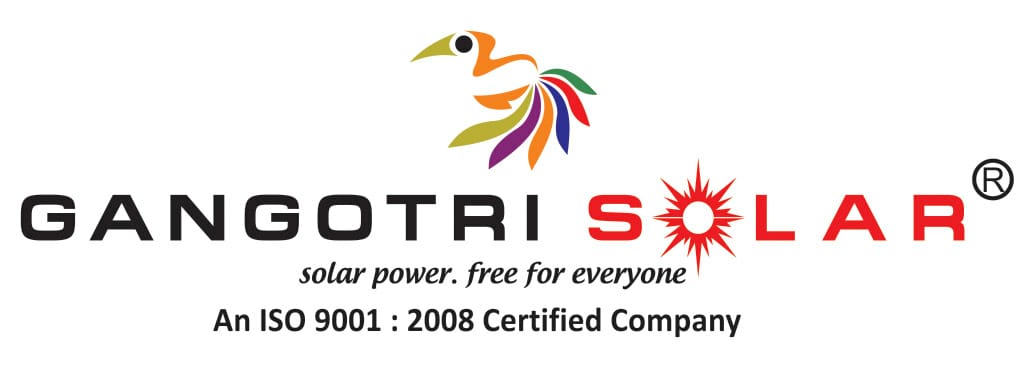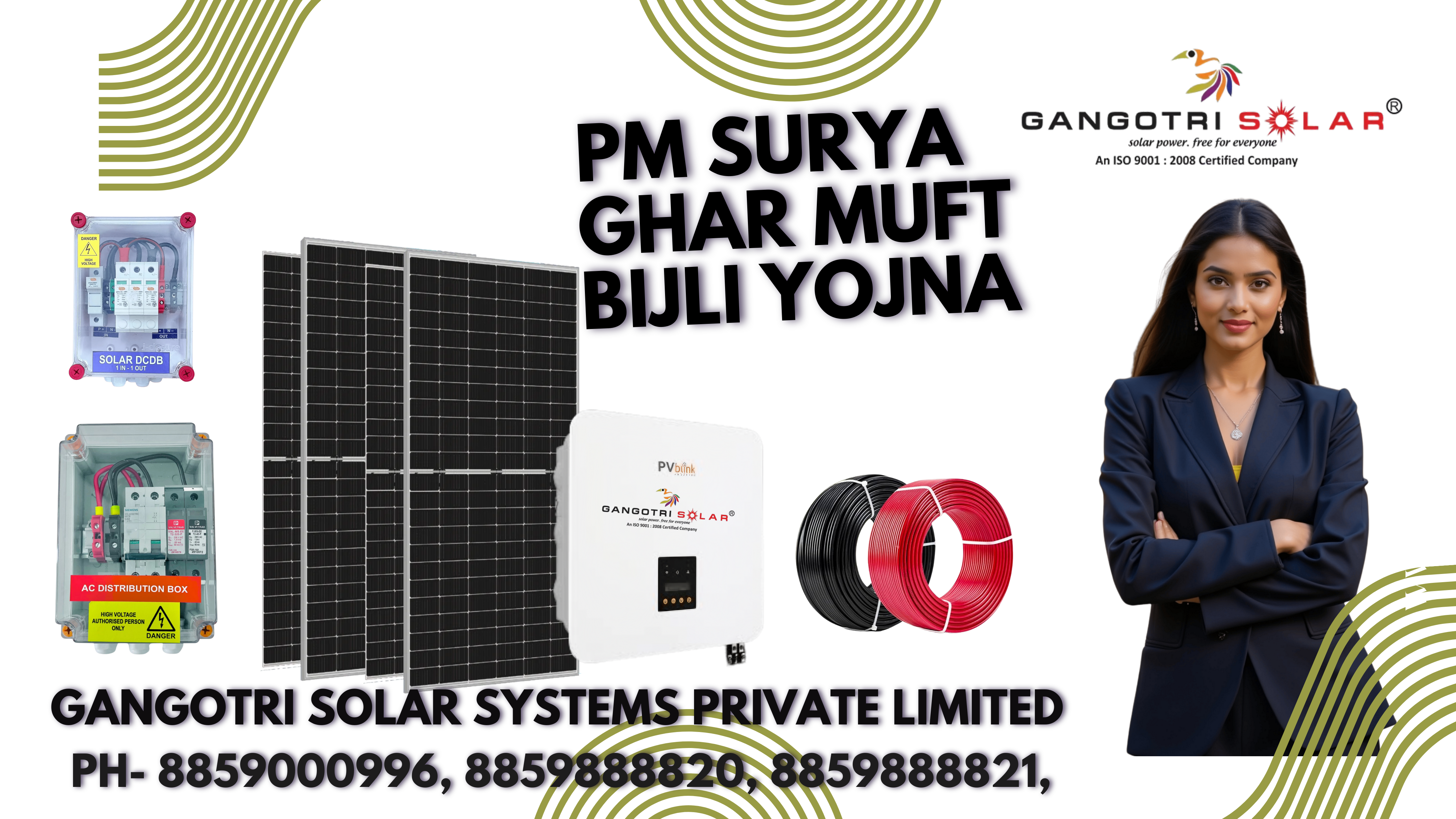With the increased interest in renewable energy sources across the globe,
the interest in solar systems has also shot up at amazing rates.The ability of the sun to power an entire home is a huge environmental plus (think of all the electricity saved!) and is a great use of a resource that we have many hours of each and every week.
But, when it comes to solar systems, do you actually know what they are made up of and how they work? Solar systems consist of solar panels, (or photovoltaic (PV) panels), a solar inverter (super important) and a rack to keep everything in place. They may also contain a battery, depending on the system and an electric meter, and the amount and type of panels for each system will depend on the energy output needed.
A solar inverter works by taking in the variable direct current, or ‘DC’ output, from your solar panels and transforming it into alternating 120V/240V current, or ‘AC’ output. The appliances in your home run on AC, not DC, which is why the solar inverter must change the DC output that is collected by your solar panels.
To be a little more technical, the sun shines down on your solar panels (or photovoltaic (PV) cells), which are made of semiconductor layers of crystalline silicon or gallium arsenide. These layers are a combo of both positive and negative layers, which are connected by a junction. When the sun shines, the semiconductor layers absorb the light and send the energy to the PV cell. This energy runs around and bumps electrons lose, and they move between the positive and negative layers, producing an electric current known as direct current (DC). Once this energy is produced, it is either stored in a battery for later use or sent directly to an inverter (this depends on the type of system you have).
When the energy gets sent to the inverter, it is in DC format but your home requires AC. The inverter grabs the energy and runs it through a transformer, which then spits out an AC output. The inverter, in essence, ‘tricks’ the transformer into thinking that the DC is actually AC, by forcing it to act in a way like AC – the inverter runs the DC through two or more transistors that turn on and off super fast and feed two varying sides of the transformer.
Types of solar inverters
Now you know what a solar inverter is and how it works, it’s time to look at the different types of inverters. There are 5 different kinds of solar inverters, all with varying benefits :
- Battery Inverters
A battery inverter is the best option if you are needing to retrospectively fit a battery into your solar system, or are wanting to keep your battery separate from your solar panels and run through a different inverter. A battery inverter converts your battery power into 230V AC and feeds it into your switchboard (instead of grid power) wherever possible.
- Central Inverters
A central inverter is huge and is used for systems requiring hundreds of kilowatts (or even sometimes megawatts) of volume. They aren’t for residential use and resemble a large metal cabinet, with each ‘cabinet’ being able to handle around 500kW of power. They are generally used commercially for large-scale installations, or for utility-scale solar farms.
- Hybrid Inverters
Hybrid inverters, otherwise known as ‘multi-mode inverters’, are pretty uncommon in Australia and allow you to connect batteries to your solar system. It engages with the connected batteries through ‘DC coupling’ (when both the solar and batteries use one inverter and the DC from the solar panels charges the batteries via a DC charger) and its electronics organise the charging and discharging of the battery.

